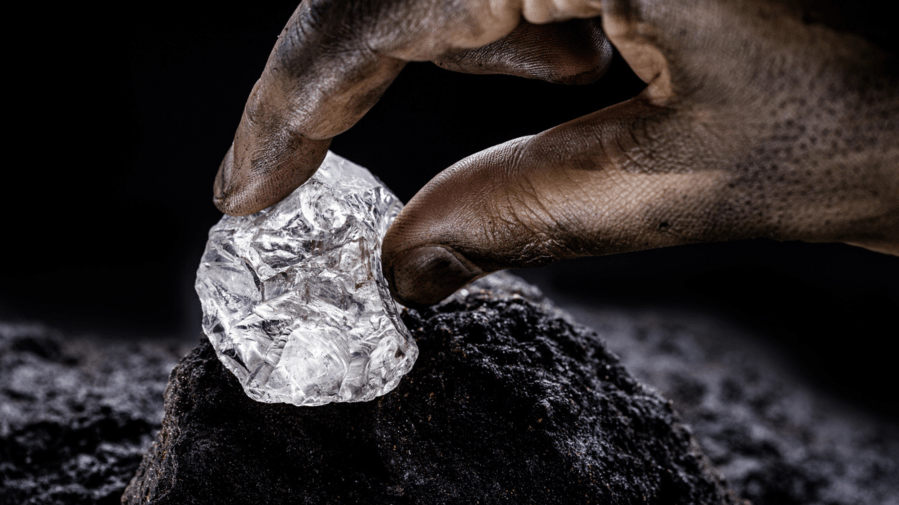
The green energy revolution is moving to center stage in the overall energy budget of the United States and the world as a whole. Will this be an easy and straightforward transition or will there be bottlenecks and hiccups – or worse – along the way? A look at lithium, a key component in modern batteries that are used in electric vehicles (EVs) and other modern devices, can shed some light on this question.
The Green Revolution in a Nutshell

The green revolution is a sweeping move toward the use and expansion of renewable energy sources and processes into the national and global fabric. Energy resources that can be derived from solar, wind, tidal, nuclear, bioenergy, and geothermal sources are foremost in the green revolution.
The move to green energy is coupled with a strong push to move away from hydrocarbon fuels because of their effect on greenhouse-gas concentrations in the atmosphere and the deleterious effect that these emissions may have on the global environment.
Batteries: A Critical Component in Green Energy
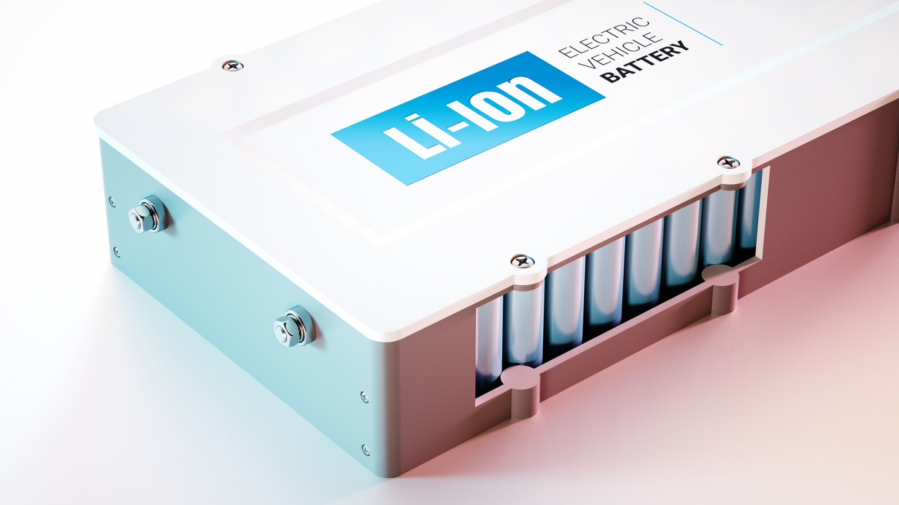
The modern lithium-ion battery is much better at storing and delivering electrical energy than the old lead-acid battery. These lithium-ion batteries are critical components in electric-powered machines, especially EVs. As of 2020, the number of EVs in use across the globe was greater than 10 million vehicles.
Growth in the EV market will be responsible for more than 90% of the demand for lithium by 2030. The sheer number of new batteries needed in conjunction with the size of each of them will require quite a massive amount of lithium. Consider this: The lithium battery in your cell phone weighs less than an ounce. This is minuscule compared to the average battery in a Tesla vehicle which weighs about 900 lbs. pounds.
Natural Resources Needed for Batteries and the Green Revolution
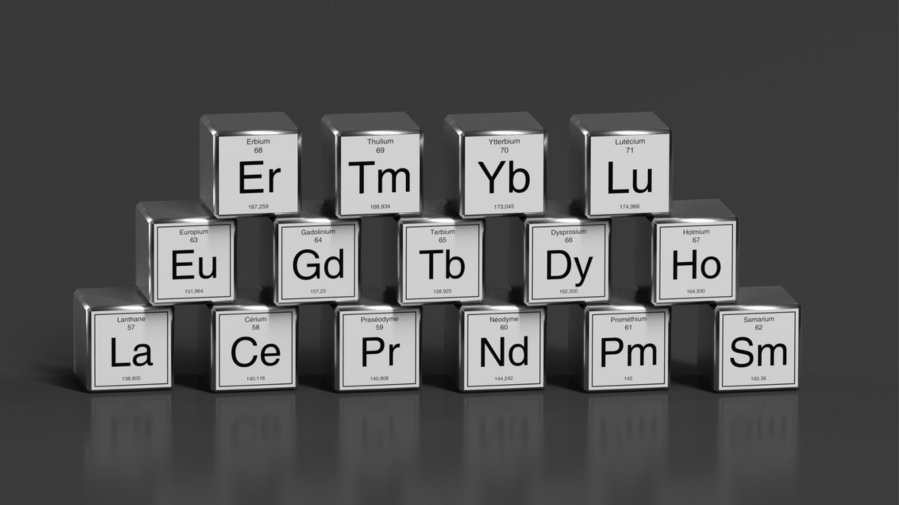
A surprising number of natural resources are needed in relatively large quantities in order to ensure that the green revolution moves forward in a significant way. Some of the materials that are critical for the green energy revolution include lithium, graphite, cobalt, copper, rare earth elements, and manganese.
Not all these resources are in abundant supply nor are they evenly distributed across the globe. Temporary or long-term shortages for some of these raw materials are clearly possible; for example, if new mines have to be opened, if the demand exceeds the supply, or if there are export pressures from producing countries.
Lithium: A Major Component of Modern Batteries
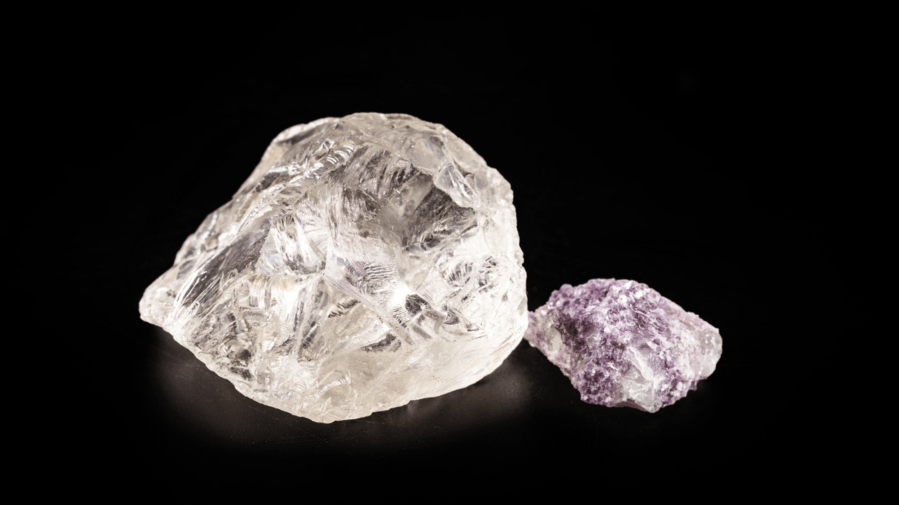
Lithium is the “white gold” of the green revolution. Lithium is a key component in the electrochemical physics that makes these batteries work. Lithium-ion batteries have the capability to store large amounts of energy: They have exceptionally high energy densities (100-265 Wh/kg or 250-670 Wh/L).
These batteries work because they can store energy and discharge it when needed. The movement of lithium ions creates free electrons in the battery anode, which creates an electric charge. The lithium ions are released from the anode to allow the stored electric energy to be used. When that happens your cell phone operates and your EV runs.
In addition to modern technological uses, lithium is used in other industries as well. It is an important resource for the glass and ceramic industries.
Who Controls the Supply of Lithium
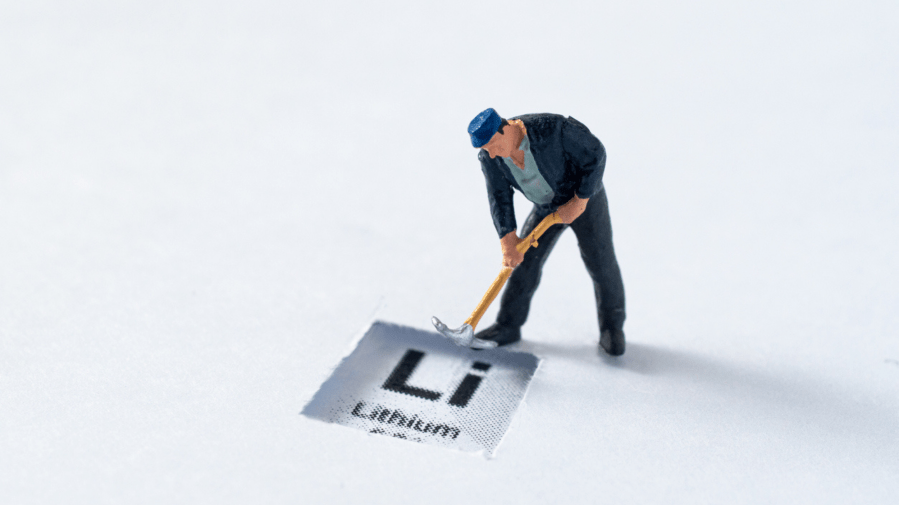
Even though the current leadership in the United States is adamantly pushing the green revolution, particularly in promoting the purchase and use of electric vehicles, America is sorely lacking in an adequate supply of lithium. In fact, the United States has a lithium supply problem.
Lithium is distributed unevenly across the globe. Chile has the world’s largest reserves, at 8 million tons. Australia, Argentina, Bolivia, and China have other major deposits.
In South America, lithium is mined from evaporative salt deserts known as “salars”. Elsewhere it is mined as ore from lithium-bearing minerals such as petalite, lepidolite, and spodumene.
Currently, China controls over 50 percent of the world’s lithium supply, even in foreign countries other than itself. In addition, it controls most of the world’s supply of rare earth elements, chemical cobalt, and spherical graphite, all of which are vital for green energy technologies.
Environmental Concerns Associated with the Mining of Lithium
Although lithium is a key component in the green revolution, the mining of this natural resource can cause severe ecological problems. Lithium mining can cause water loss, ground destabilization, increased salinity in waterways, toxic waste, loss of biodiversity, and contaminated near-surface materials.
Even the New York Times reported that the production of lithium might not be so “green” after all. For example, the environmentally friendly image of EVs and green energy runs counter to the environmental impacts associated with lithium mining in South America, where over 2 million liters of water are needed to produce one ton of lithium.





